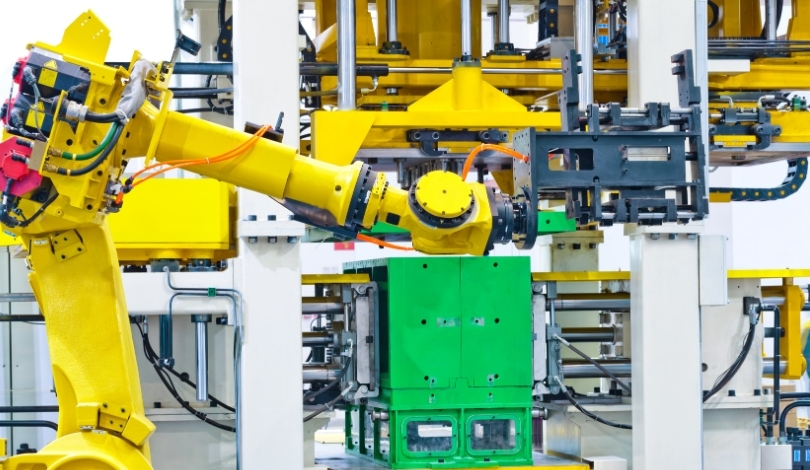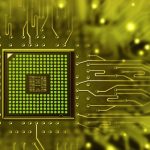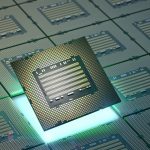Surgeons are increasingly finding themselves collaborating across continents thanks to advances in surgical robotics. Recently, a long-distance demonstration showcased the expanding potential of remote surgery, which could reshape how healthcare is delivered globally. As these procedures move from concept to practical tests, questions about reliability, surgeon training, and network infrastructure grow. Interest continues to build, as advances in devices like the da Vinci 5 highlight the increasing integration of digital technology in operating rooms.
Previous reports on telesurgery often underlined technical difficulties, unpredictable latency, and concerns about patient safety. Earlier demonstrations typically involved simpler procedures or laboratory settings, with restricted ability for real-time force feedback. Recent improvements in network stability and instrument control differ from initial applications, which primarily emphasized proof of concept. The newest tests with the da Vinci 5 reflect both technological and regulatory progression, further supported by expanded approval from agencies like the FDA and the addition of advanced instruments for broader surgical tasks.
How Did Intuitive Surgical Execute the 4,000-Mile Procedure?
Intuitive Surgical connected two surgeons, Dr. Doug Stoddard in Georgia and Dr. Andrea Pakula in Strasbourg, through their da Vinci 5 system during a Society of Robotic Surgery conference held in France. Using a dual-console setup, the pair performed surgery on a specially engineered tissue model which simulates the challenges of live tissue. This remote connection enabled the surgeons to alternate control and collaborate in real time despite the vast geographical separation.
What Features Define the Latest da Vinci 5 System?
The da Vinci 5 includes improvements in core computing power and integrates force feedback to allow users to feel tactile responses while manipulating instruments. The system also uses machine vision and advanced instrumentation to enhance surgical precision and insight. The telecollaboration suite now goes beyond just telesurgery, integrating functionalities such as telementoring, teleproctoring, and dual console operations to support a comprehensive approach to remote and collaborative care.
Which Regulatory and Product Updates Support This Expansion?
Intuitive Surgical’s da Vinci 5 received FDA clearance last year and more recently obtained the CE mark, allowing for commercial rollout in multiple markets. The company has begun distributing the system in the U.S. and has also secured regulatory approval for new indications on its da Vinci single port system. Additionally, advanced energy instruments capable of sealing, cutting, and dissecting tissue have gained clearance, broadening the system’s surgical applications, including the first approval for transecting lymphatic vessels.
The company has participated in telesurgery development since as early as 2001’s transatlantic Operation Lindbergh, a precursor demonstration that also connected the U.S. and France. These ongoing efforts emphasize building a reliable network infrastructure and platform for consistent, safe use. As Brian Miller, Intuitive’s EVB and chief digital officer, explained,
“Our focus is not on being first but on being rigorous in building the infrastructure to support safety, reliability, and consistent use.”
Intuitive’s approach continues to emphasize the importance of technological rigor and robust clinical support.
Technological milestones on the da Vinci 5 demonstrate that remote procedures can now incorporate realistic force feedback and near real-time instrument handoff, which addresses key limitations often noted in earlier trials. Continued regulatory advances and successful transatlantic demonstrations suggest a maturing readiness for selective clinical deployment. For healthcare practitioners, this evolution signals the need to adapt training and protocols for network resilience, digital skills, and evolving collaborative routines. Patients and hospital systems watching these developments should understand that while wide adoption may remain constrained by infrastructure, the proof of working long-distance collaboration with sophisticated tools has been substantially strengthened by these latest demonstrations.










